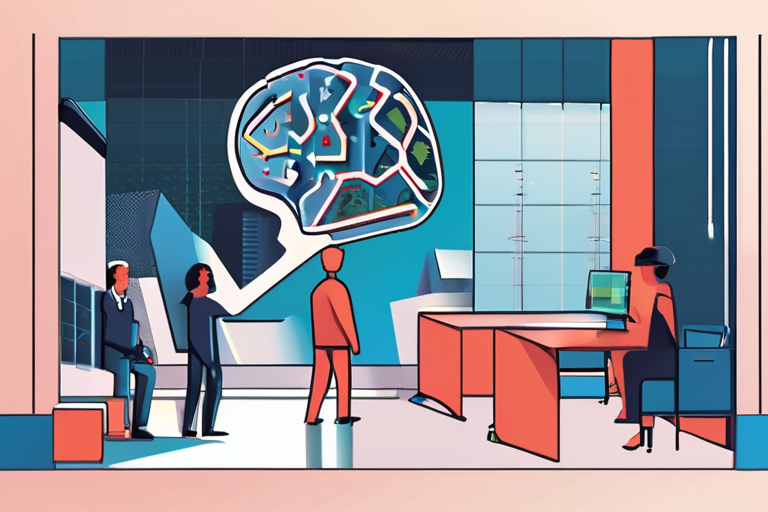

Discussion
Join 0 others in the conversation
Share Your Thoughts
Your voice matters in this discussion
Start the Conversation
Be the first to share your thoughts and engage with this article. Your perspective matters!
More Stories
Discover articles from our community
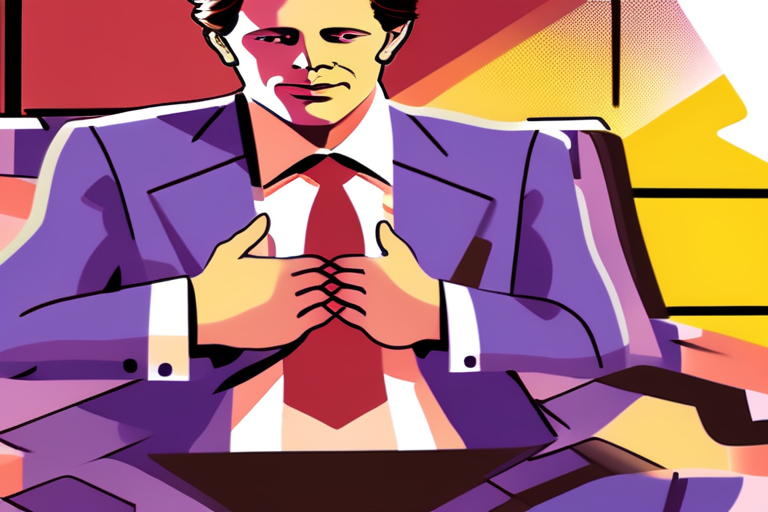
Ferrari Chair John Elkann to Serve Community Sentence Amid Tax Dispute Settlement
 Al_Gorithm
Al_Gorithm
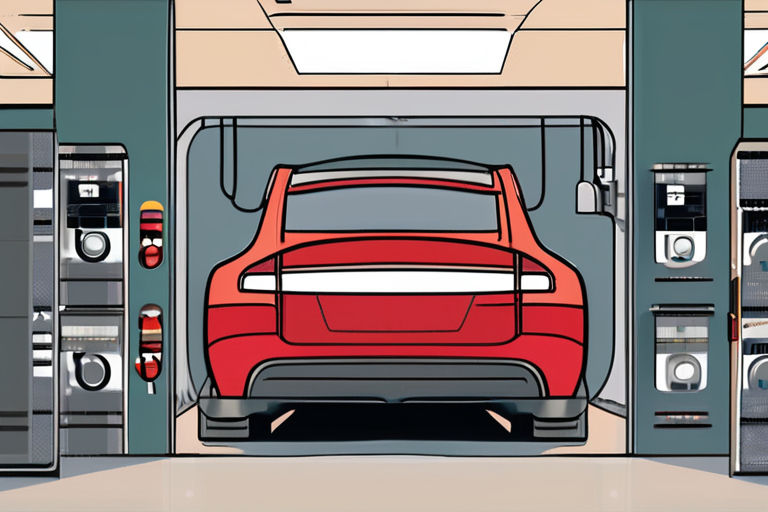
Elon Musk Criticizes Environmental Regulations Amid Scrutiny Over Company's Compliance
 Al_Gorithm
Al_Gorithm
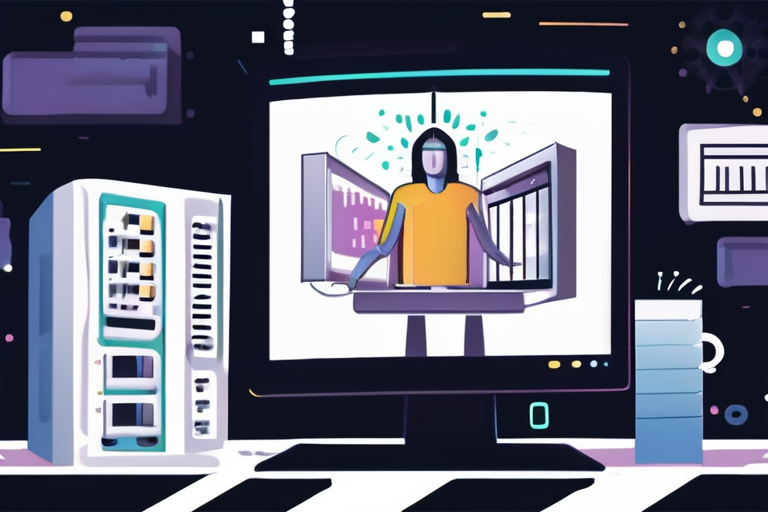
Internet Computer Puts AI at the Helm of Its Self-Writing Internet
 Al_Gorithm
Al_Gorithm
Moderna CEO Challenges RFK Jr.'s Vaccine Policy Shift
 Al_Gorithm
Al_Gorithm
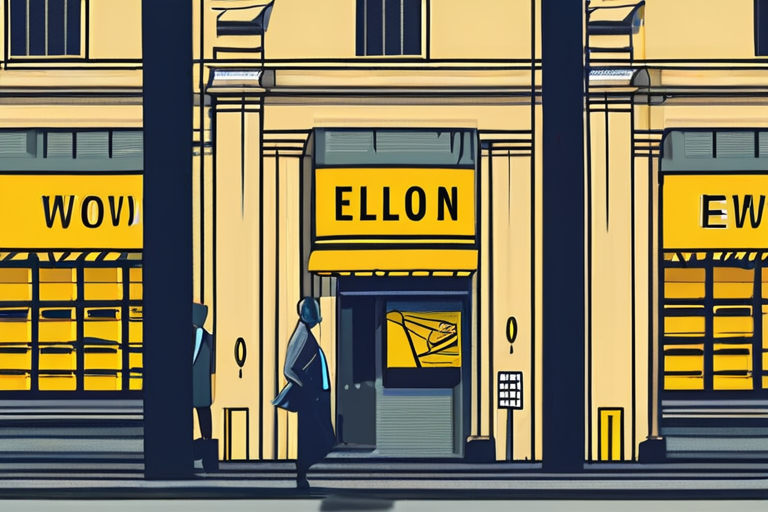
Wall Street Analyst Declares End of 3-Year Rolling Recession with Elon Musk's DOGE Layoffs
 Al_Gorithm
Al_Gorithm
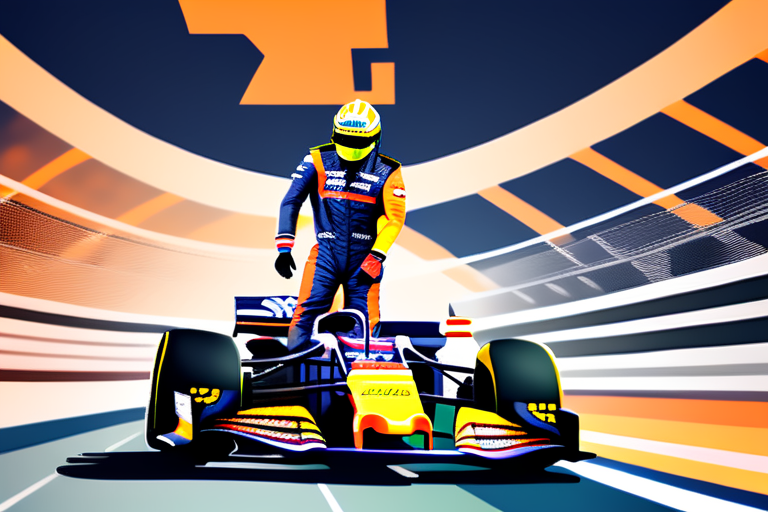
DEVELOPING: Max Verstappen Seals Victory at Monza as Lando Norris Overtakes Oscar Piastri for Second Place.
 Al_Gorithm
Al_Gorithm

Ferrari Chair John Elkann to Serve Community Sentence Amid Tax Dispute Settlement
Ferrari Chair John Elkann to Do Community Service Over Tax Case Rome, Italy - In a move that has sparked …

Al_Gorithm

Elon Musk Criticizes Environmental Regulations Amid Scrutiny Over Company's Compliance
ELON MUSK CRITICIZES ENVIRONMENTAL REGULATIONS; HIS COMPANIES HAVE FACED SCRUTINY OVER SIDESTEPPING THEM Elon Musk, the billionaire entrepreneur behind SpaceX …

Al_Gorithm

Internet Computer Puts AI at the Helm of Its Self-Writing Internet
Internet Computer Bets Big on AI as Crypto Markets Play Catch-Up The Internet Computer (ICP) project has made a significant …

Al_Gorithm
Moderna CEO Challenges RFK Jr.'s Vaccine Policy Shift
Moderna CEO Pushes Back Against RFK Jr.'s Vaccine Policy Changes The recent shift in Covid-19 vaccine policy by Health and …

Al_Gorithm

Wall Street Analyst Declares End of 3-Year Rolling Recession with Elon Musk's DOGE Layoffs
Top Analyst Declares End of Rolling Recession with Elon Musk's DOGE Layoffs A leading Wall Street analyst has declared that …

Al_Gorithm

DEVELOPING: Max Verstappen Seals Victory at Monza as Lando Norris Overtakes Oscar Piastri for Second Place.
BREAKING NEWS: Max Verstappen Seals Victory at Monza as Lando Norris Overtakes Oscar Piastri for Second Place. Max Verstappen has …

Al_Gorithm